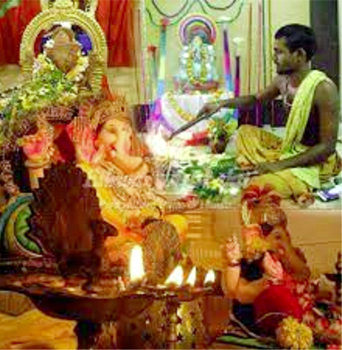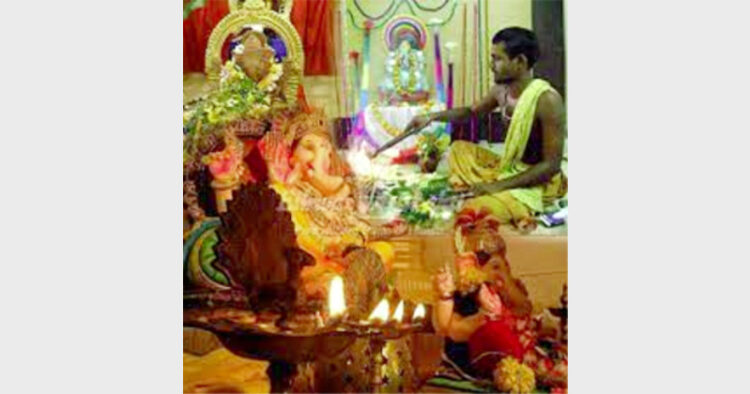Appreciate temple’s timeless beauty through a multisensory approach. This is manifested not only in temple architecture but also in the rituals performed in temples from early morning to late night. An example of offerings –panchopachara to God, the offerings namely Gandha (sandal), Pushpa (flowers), Dhoopa (incense), Deepa (lamps) and Neivadya (food)
-Dr Ujwala Chakradeo

Temples are the best examples of arousing five human senses through their spaces and design. In temples, spaces are designed to be perceived with five human senses. Touch, smell, vision, hearing and taste; five senses help in perceiving the surroundings. Concepts of beauty in the rest of the world are more ocular centric, whereas the Indian concept of beauty is mainly associated with symbolism which is enjoyed through all five sensory organs.
Multisensory approach towards beauty is actually reflected in all art forms including architecture. Temple architecture is very sensitively designed for this. The spaces in a Hindu temple nourish bhakta’s emotionally as well as spiritually.
Multisensory approach is manifested not only in temple architecture but also in the rituals performed in the temples from early morning to late night. An example of offerings–panchopachara to God, the offerings namely Gandha (sandal), Pushpa (flowers), Dhoopa (incense), Deepa (lamps) and Neivadya (food). These ensure that all five senses are aroused.
Methods and movement patterns of bhaktas inside the temple also guarantee the involvement of all the five senses. Barefoot entry stimulates the sense of touch. The texture of the stone flooring comes alive. Water is used for washing feet before entering the temple. Wet feet accentuate the experience. Circumambulatory path of the temple is also designed to allow all the sensory experiences to be kindled. Sound of the bells at the doorstep echoes the spirituality. Light and visibility diminishes from entrance to Mandapas and then to Garabha Griha and other four senses are stimulated in the sequence.
The purpose of visiting a temple is to gain positive energy and feel refreshed. Emotions associated with the spaces are to be experienced. To understand and experience a space, one must perceive information, through the senses, interpret it to appreciate the environment.
Hindu Rasa theory was demonstrated by Bharat Muni in Natya Shastra in 500 BC. According to this theory, the physical attributes of a work of art are capable of evoking emotions or rasa in the spectator. The artist weaves the physical characteristics in his work of art in the space, so as to induce the requisite emotion within the viewer. In the case of architecture it is the user. Bhakti rasa is ensured in Bhaktas as soon as one enters the temple through space design.
(The columnist is Principal of SMM College of Architecture, Nagpur and specialises in Bharatiya Architectural Heritage)














Comments